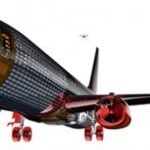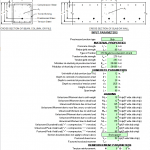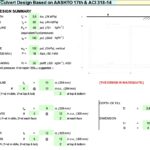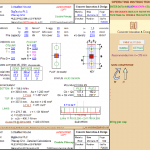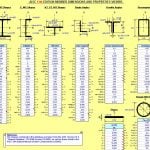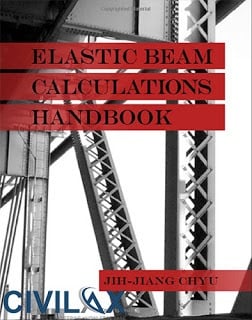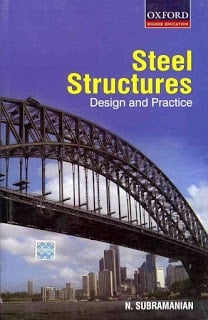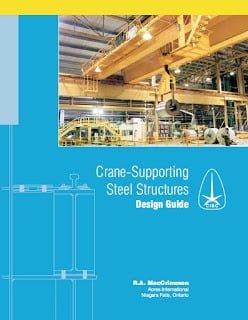
Crane Supporting Steel Structure Design Guide
23 November 2017Crane Supporting Steel Structure Design Guide
This guide fills a long-standing need for technical information for the design and construction of crane-supporting steel structures that is compatible with Canadian codes and standards written in Limit States format.
It is intended to be used in conjunction with the National Building Code of Canada, 2005 (NBCC 2005), and CSAStandard S16-01, Limit States Design of Steel Structures (S16-01). Previous editions of these documents have not covered many loading and design issues of crane-supporting steel structures in sufficient detail.
Whilemany references are available as given herein, they do not cover loads and load combinations for limit states design nor are they well correlated to the class of cranes being supported. Classes of cranes are defined in CSA
Standard B167 or in specifications of the Crane Manufacturers Association of America (CMAA).
This guide provides information on how to apply the current Canadian Codes and Standards to aspects of design of crane-supporting structures such as loads, load combinations, repeated loads, notional loads, monosymmetrical sections, analysis for torsion, stepped columns, and distortion induced fatigue.
The purpose of this design guide is twofold:
1. To provide the owner and the designer with a practical set of guidelines, design aids, and references that can be applied when designing or assessing the condition of crane-supporting steel structures.
2. To provide examples of design of key components of crane-supporting structures in accordance with:
(a) loads and load combinations that have proven to be reliable and are generally accepted by the industry,
(b) the recommendations contained herein, including NBCC 2005 limit states load combinations,
(c) the provisions of the latest edition of S16-01, and,
(d) duty cycle analysis.
The scope of this design guide includes crane-supporting steel structures regardless of the type of crane.
Theinteraction of the crane and its supporting structure is addressed. The design of the crane itself, including jib cranes, gantry cranes, ore bridges, and the like, is beyond the scope of this Guide and is covered by specifications such as those published by the CMAA.
[su_button url=”https://drive.google.com/open?id=1BQRPvempGpOtle1jUBKqeg2BQo7fYOo-” size=”7″ center=”yes”] Download Link[/su_button]

